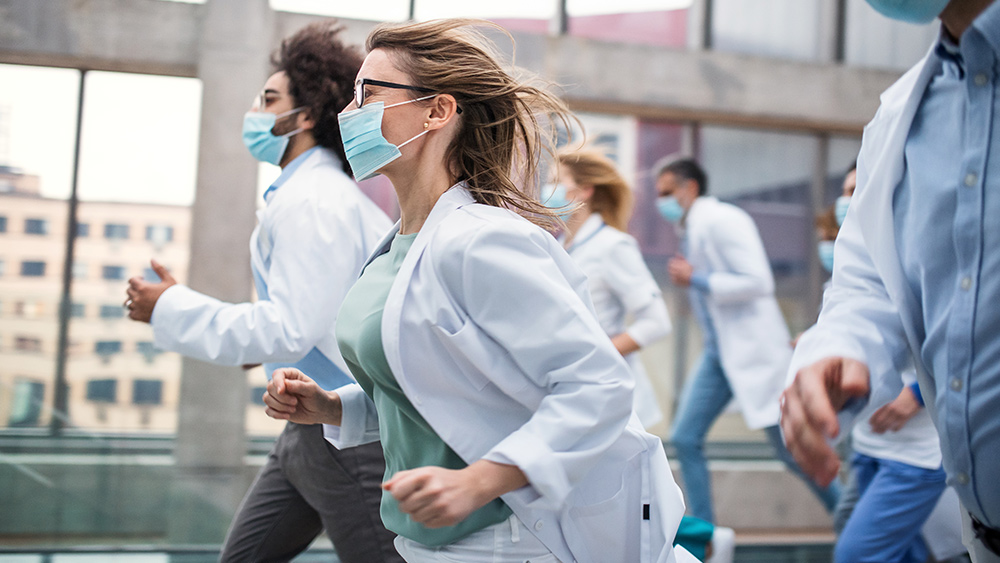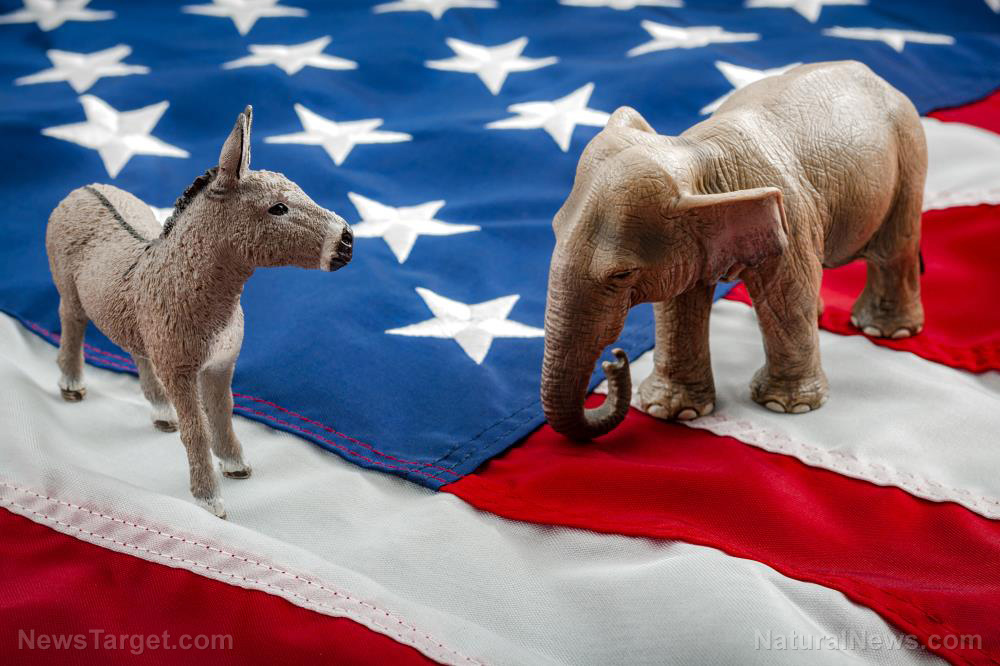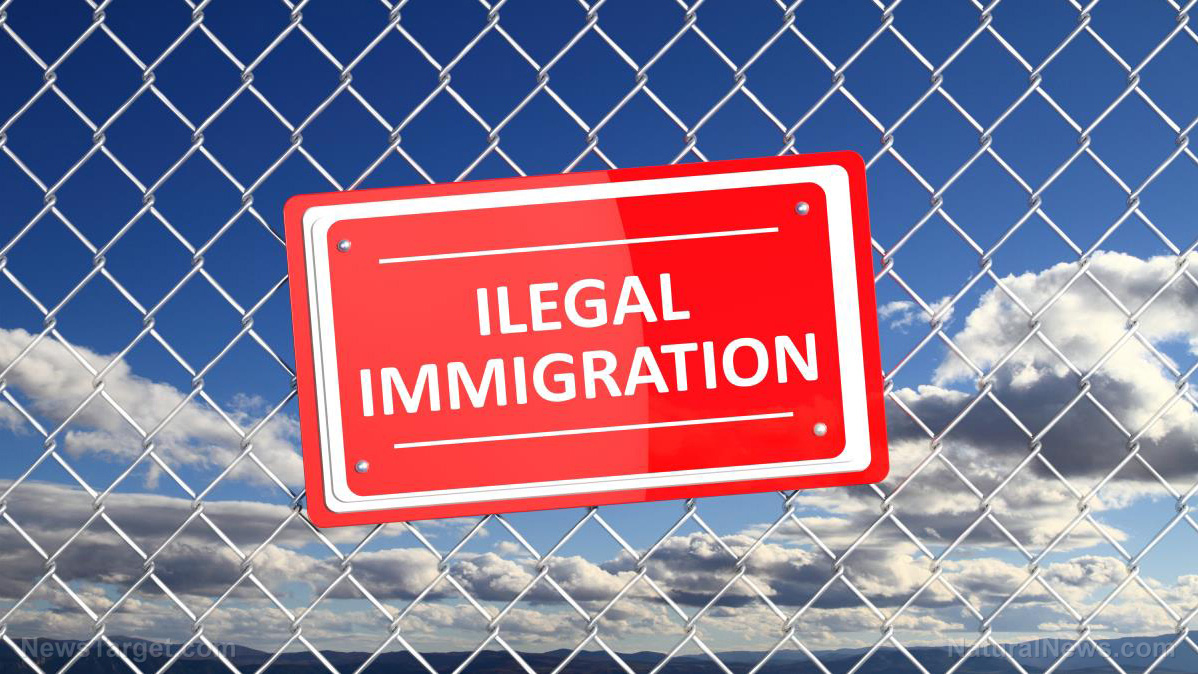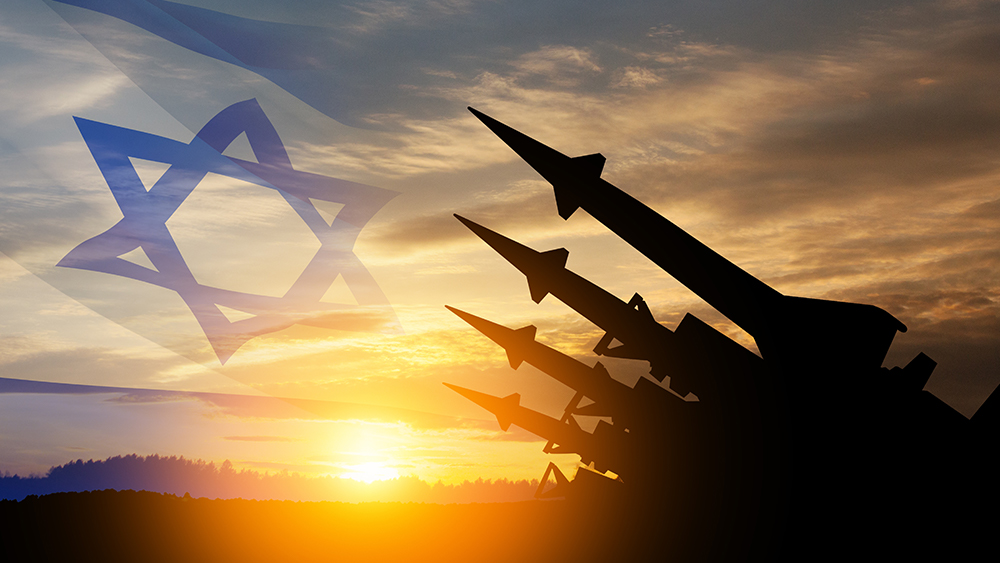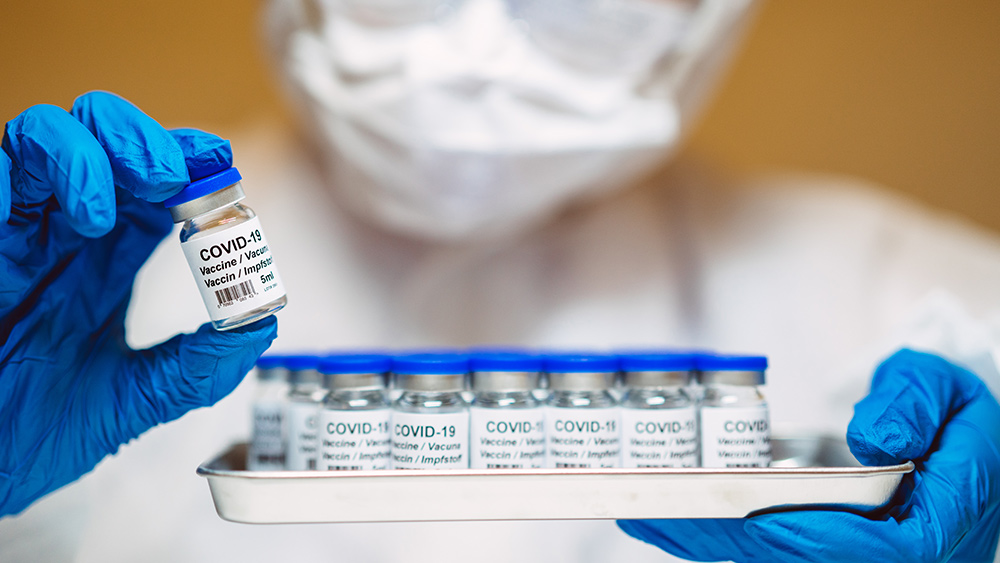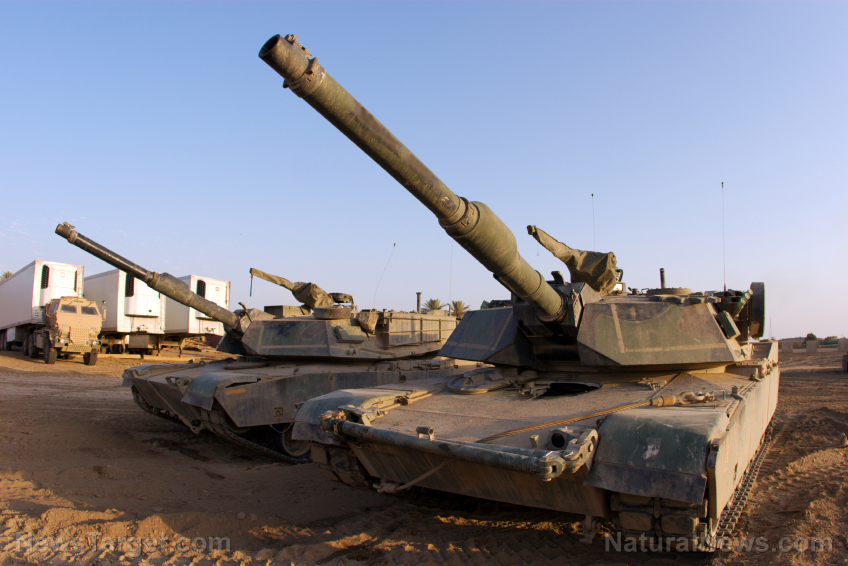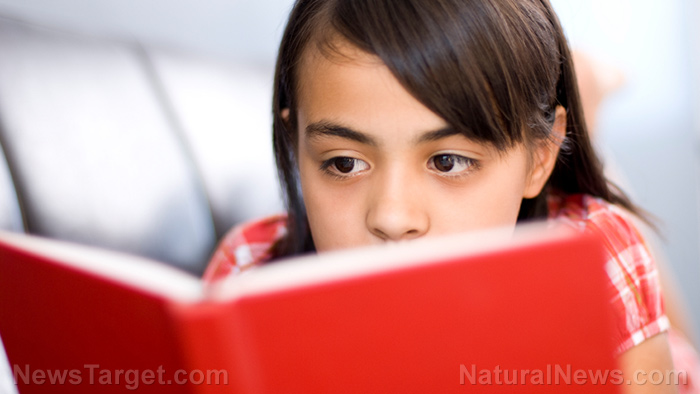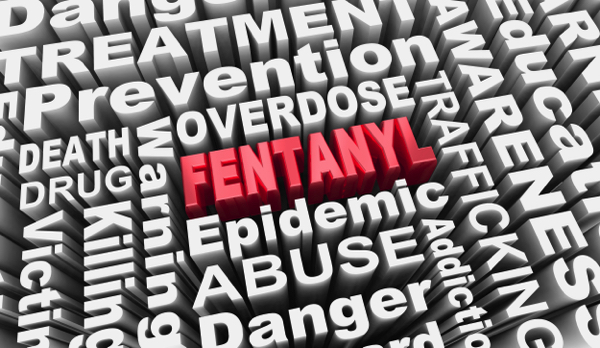 Parler
Parler Gab
Gab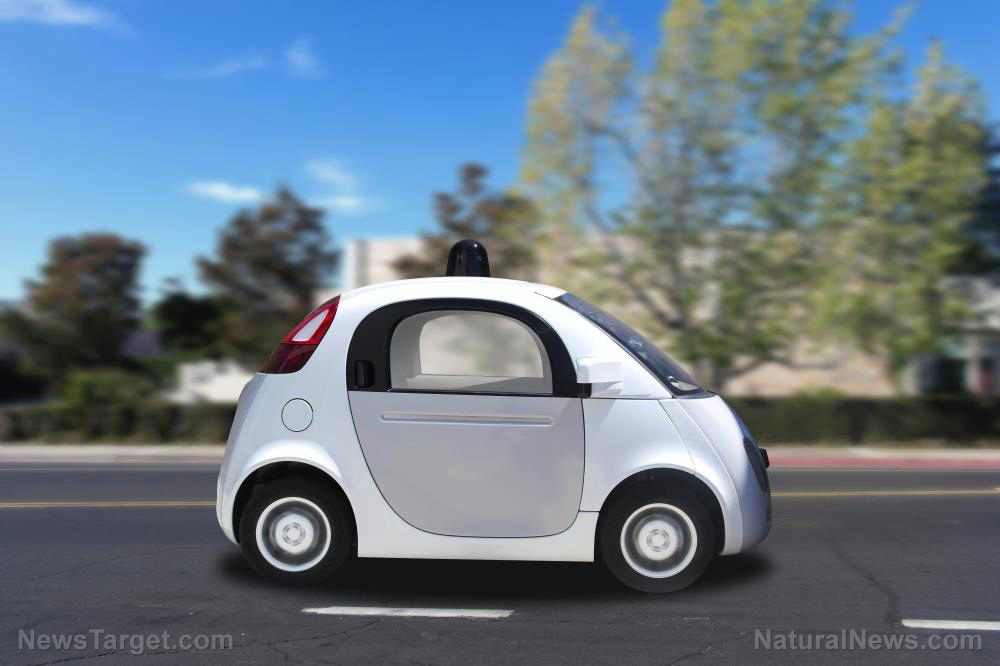
- Tesla is expanding its robotaxi service to San Francisco after a problematic debut in Austin, but human drivers are still required – revealing the technology isn't fully autonomous despite Elon Musk's promises.
- The Austin trial showed Tesla's Full Self-Driving (FSD) software struggling with basic tasks, including running stop signs and unsafe drop-offs. The service remains limited to select users, daylight hours and low-speed roads.
- Unlike Waymo, Tesla lacks permits for true autonomous operation in California. Its service will operate under a restricted taxi license, allowing only human-driven rides for employees and select users – contradicting Musk's claims of regulatory progress.
- Tesla's push into robotaxis comes amid declining revenues and legal scrutiny over misleading "Full Self-Driving" marketing. California's DMV may revoke Tesla's license to sell cars if found guilty of deceptive advertising.
- Waymo has already launched fully driverless services after years of testing, while Tesla's aggressive, less-regulated approach faces regulatory pushback – highlighting its lag behind competitors in the autonomous vehicle race.
California regulators: "No-go" for Tesla robotaxi
California regulators have made it clear that Tesla is not authorized to operate a true robotaxi service. Unlike competitors like Waymo, Tesla has not obtained the necessary approvals from the California Public Utilities Commission (CPUC) or the California Department of Motor Vehicles (DMV). A CPUC spokesperson confirmed that Tesla's Bay Area service will be limited to human-driven vehicles under a "charter-party carrier" permit – essentially a glorified taxi license. The company can only transport "friends and family of employees" and "select members of the public," with no autonomous functionality permitted. This stands in stark contrast to Musk's recent earnings call claims that Tesla was "getting regulatory permission" for robotaxis. Tesla's push into robotaxis comes at a critical moment. The company is grappling with declining revenues, shrinking profit margins, and increasing competition in the EV market. Musk has long positioned autonomous driving as Tesla's next big revenue stream, but repeated delays and regulatory setbacks have left investors skeptical. Meanwhile, Tesla faces legal scrutiny over its marketing of "Full Self-Driving" technology. The DMV has accused the company of misleading consumers, arguing that Tesla's promotional materials imply capabilities the system does not actually possess. A hearing is currently underway that could result in Tesla losing its license to sell cars in the state. While Tesla struggles to get off the ground, Alphabet's Waymo has already established a fully driverless ride-hailing service in San Francisco and Los Angeles. The company spent nine years securing permits, conducting extensive testing and proving its technology before receiving approval to charge passengers. Tesla's robotaxi ambitions are colliding with hard truths: The technology isn't ready, regulators aren't convinced and competitors are already ahead. The company's latest expansion – requiring human drivers in what was supposed to be a driverless service – highlights the gap between Musk's rhetoric and reality. Watch CNBC's Jim Cramer revealing that the market was unimpressed with Tesla's long anticipated robotaxi event. This video is from the TrendingNews channel on Brighteon.com.More related stories:
Driverless Cruise robotaxi DRAGGED a woman pinned under it for 20 feet. FALSE START: Cruise self-driving vehicles cause traffic jam in San Francisco streets just a day after city expanded robotaxi services. Tesla in Full Self-Driving mode SLAMS into parked police car. Sources include: TheNationalPulse.com Reuters.com CNBC.com Brighteon.comSlovenia becomes first EU nation to impose arms embargo on Israel over Gaza assault
By Laura Harris // Share
Denial of hunger in Gaza: A deepening crisis amid international outcry
By Belle Carter // Share
Governments continue to obscure COVID-19 vaccine data amid rising concerns over excess deaths
By patricklewis // Share
Tech giant Microsoft backs EXTINCTION with its support of carbon capture programs
By ramontomeydw // Share
Germany to resume arms exports to Israel despite repeated ceasefire violations
By isabelle // Share
